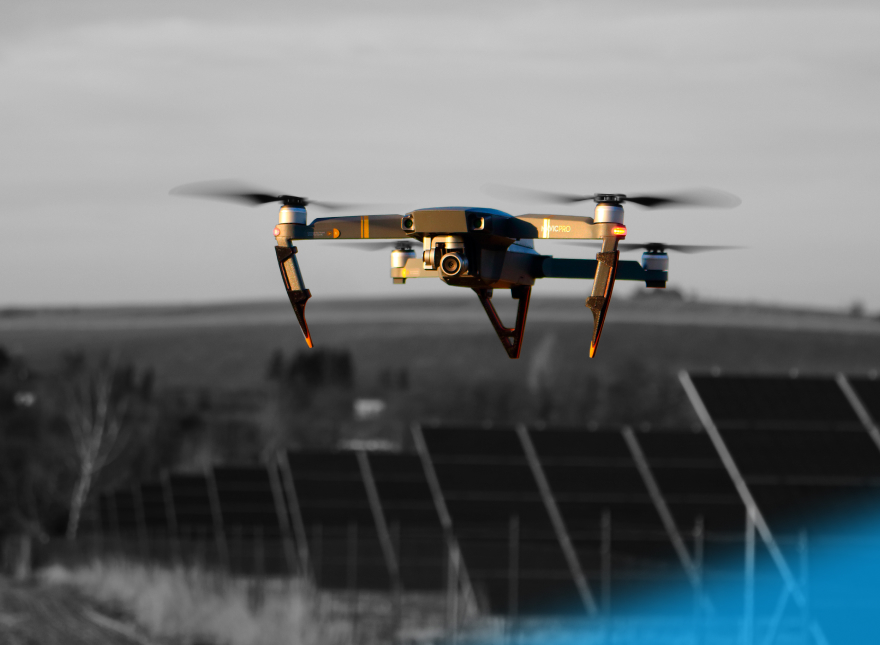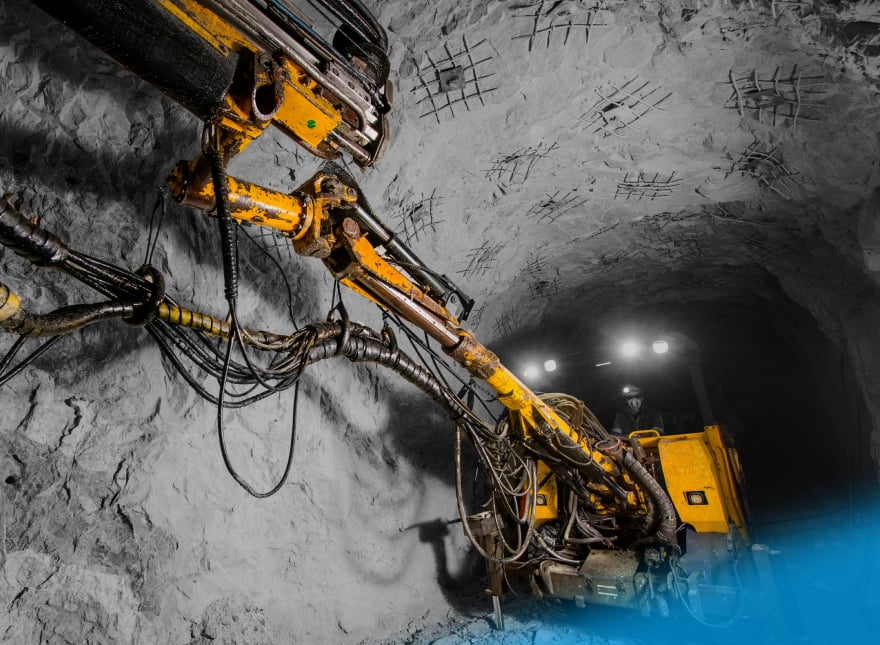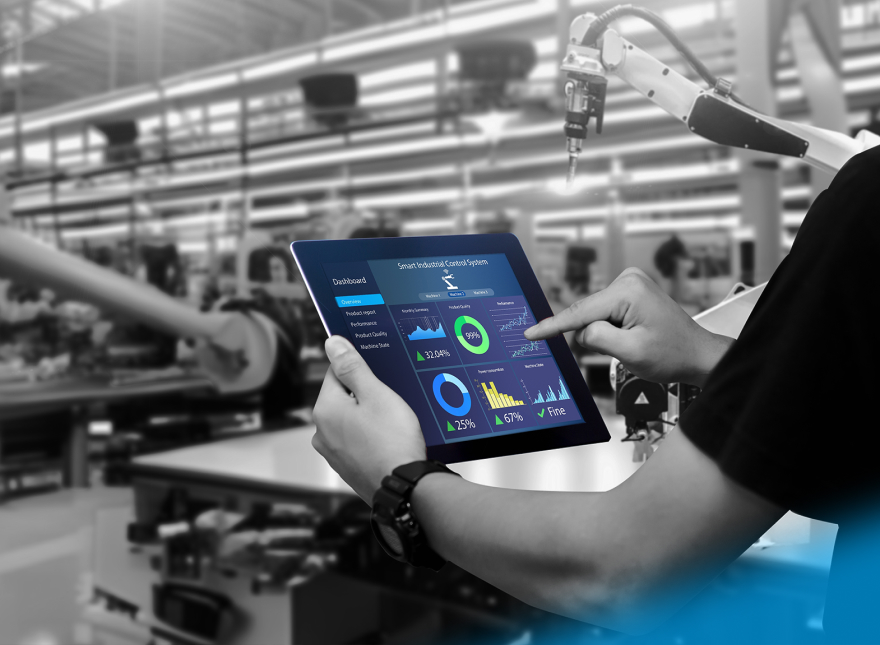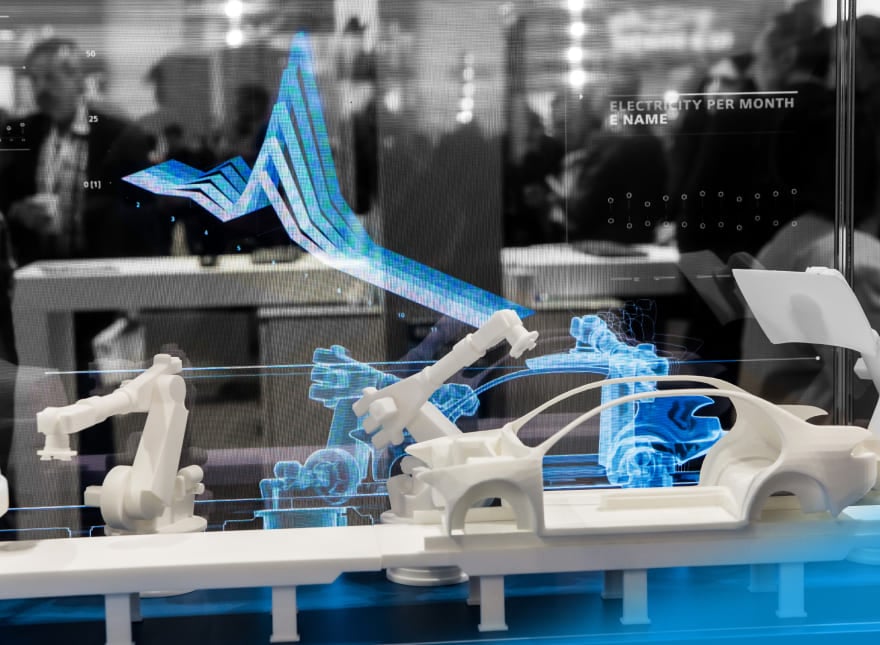Starting an IoT Project? Here's What You Need to Know


When planning IoT-related projects, it's crucial to have a clear grasp of the business objectives, problems to solve, and goals to achieve. This understanding helps determine the type of solution to implement, the technology to use, and the potential profit from the project.
Table of Contents
Positioning yourself based on the type of service you want to provide is essential, whether as a product provider, an integrator, or an enterprise leveraging IoT for projects.
Positioning Your IoT Service As an Integrator
As an integrator, you need to leverage resources from different companies and offer them to others. Acting as a solution provider or solution architect for your customer, you integrate different products from various companies and design your own service. For example, a smart city solution provider needs to integrate products from other companies and design its own service.
Seamless integration between parts of an IoT project is crucial for a successful solution. The solution provider company is responsible for handling all the details, including choosing the right devices, ensuring optimal network communication, managing data gathering, and providing the end-user application. While it may seem straightforward, the responsibility and support required can be substantial.
Positioning Your IoT ServiceAs an Enterprise Adopting IoT
As an enterprise adopting IoT, you can work on solutions internally or seek external consultants or companies for assistance. First, understand the problem that needs to be solved or the benefit an IoT solution can provide. After deciding to implement an IoT solution, plan the implementation and how the organization should adapt to the change.
For example, a gas distribution company might decide to implement remote reading of meters instead of sending meter readers. To achieve this, they need to digitize meter readings and send the data to their platform. This involves choosing between retrofit solutions (e.g., OCR), modified meters with digital capabilities, or smart meters with advanced features. The decision depends on financial and strategic factors, such as cost, duration, required data, available technology, and supply chain.
Offering a Product
When offering a product, decide if you want to be a device, platform, or application provider. Determine whether to develop everything in-house or outsource components, considering business factors like investment amount, target market, and audience needs.
For instance, designing and building a device requires engineers for various project sections, including schematic design, PCB design, firmware development, and mechanical/industrial design. If building devices is your core business, you might have an internal team. Otherwise, calculate the ROI of designing and building the device in-house versus outsourcing it.
Defining the Solution and Technology
Initially, defining the solution and technology is necessary. Understand what kind of solution you want to implement and determine the appropriate technology for the project. Assess the potential profit, consider the impact on the business, and ensure it aligns with overall objectives. Modify the approach based on the industry, whether it’s a smart city, utility, or another sector, to provide up-to-date information and meet industry-specific needs.
By understanding these fundamentals and positioning your service effectively, you can ensure the success of your IoT projects and solutions.
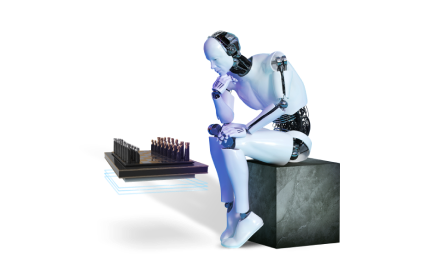
The Power of Business Analysis in IoT Projects
A thorough business analysis is crucial for IoT projects. It helps identify requirements, costs, and ROI, ensuring alignment with financial goals.
Cost and ROI Evaluation
Assess the total project cost, including hardware, software, and maintenance. Determine the necessary investment and ensure it aligns with financial objectives.
Technology Selection
Choose technology that fits the project’s needs without unnecessary features. Consider battery life, connectivity, and sensor requirements to avoid over-engineering.
Data Gathering and Platform Choice
Plan how to gather data, considering network support and the need for public cloud or IoT platforms like AWS or Azure. Evaluate associated costs.
Customer Experience Design
Define the services and analyses your application will provide. Ensure effective data visualization for a seamless user experience and valuable insights.
4 Key Components of IoT projects
- Things: Devices are the things in IoT. They are responsible for monitoring, handling activities, or processing some data in the location you want to utilize them. These could be handled by sensors, actuators, or any other hardware that interacts with the physical world.
- Network Infrastructure: Networks are the chain connecting devices and enabling communication. Determining the type of network (e.g Wi-Fi, cellular, LoRa) suitable for the project is essential.
- IoT Platform: Data Collection is also required and should be implemented to gather data from the network, potentially involving edge computing for initial processing of raw data before it reaches the central system. A cloud platform is used for scalable data storage and analysis, with platforms like AWS, Azure, or Google Cloud providing tools for handling large datasets and performing advanced analytics.
- IoT Applications: Applications are the product that you develop to visualize and present the data to the customer. This involves creating dashboards, reports, or other interfaces to make the data actionable and useful.
IoT in Action: Real-Life Example
Let's explore a real-life example of building a device for computer vision with various sensors for data collection.
1. Cost and Feature Analysis:
Start by determining your budget, as there's a direct link between cost and functionality. More features mean more components, complex design, a pricier MCU, larger size, bigger battery, and higher manufacturing costs. List the essential features and map each to the hardware capabilities required.
2. Choosing the Right Components:
Select components based on processing needs. For example, if the device requires machine learning tasks, you'll need a powerful CPU, which increases cost and power consumption. Ensure the CPU has the necessary peripherals for your application, such as specific ports for camera connections in computer vision projects. If battery-operated, prioritize power efficiency to optimize battery life and minimize size.
3. Selecting Sensors:
Choose sensors based on the data needed. For example, computer vision may require IMUs, humidity and temperature sensors, ToF sensors, or LiDAR. The choice affects performance, capabilities, and cost. Consider power consumption, as some sensors like GPS can drain the battery if not optimized.
4. Communication and Network Protocols:
Decide on the communication protocol, considering network availability (e.g., mobile networks, public LPWANs) and the possibility of creating a private network (e.g., LoRa, WiFi). Evaluate bandwidth and data transmission needs. Ensure the device has a powerful antenna for efficient communication.
5. Enclosure and Design Considerations:
Determine the device's enclosure size and layout, considering the PCB, components, and sensors. The enclosure must accommodate the PCB size and ensure proper placement of the antenna for optimal transmission. If the device generates heat, ensure the enclosure can dissipate it effectively.
6. Battery Selection:
Choose a battery that meets the device's power needs and usage duration. Analyze power consumption based on hardware components, functionalities, and expected operation time. You may use off-the-shelf batteries or custom-manufactured ones for specific requirements.
By carefully planning and selecting the right components, communication protocols, and design elements, you can successfully build a robust IoT device tailored to your project's needs.
IoT in Action: Real-Life Example
Choosing the right partner for your IoT project is vital. An experienced company can help define objectives, design architecture, select components, and ensure efficient communication and power use.
At Softeq, we focus on the business need behind each project, crafting a comprehensive plan that integrates hardware, firmware, software, and application development. Contact us to leverage our expertise and ensure your project's success.
More articles on the topic

